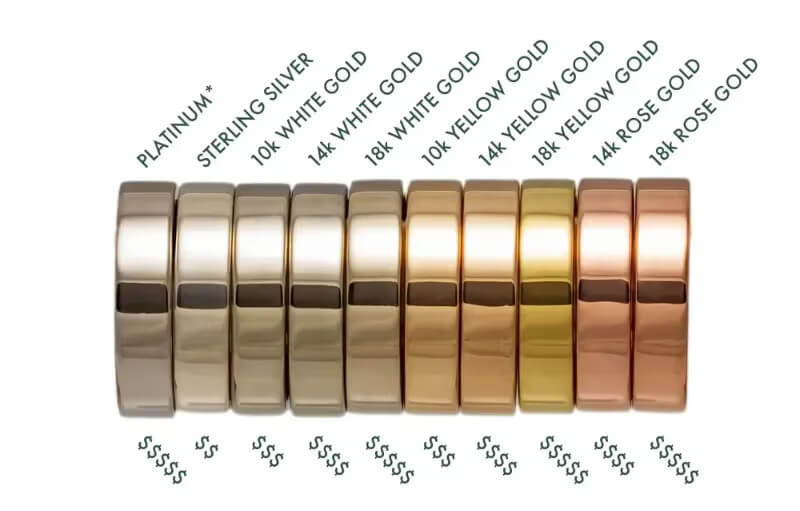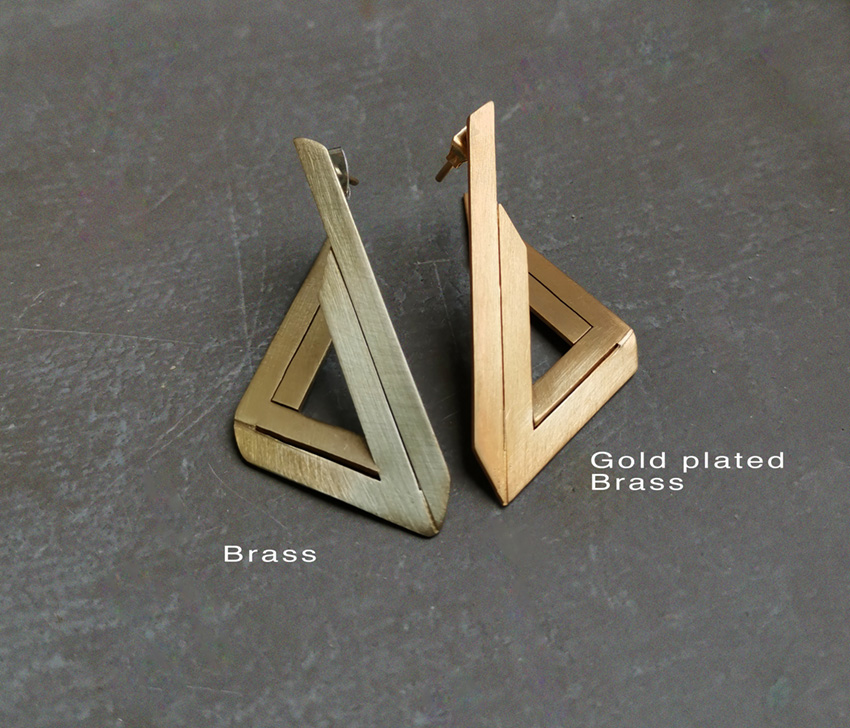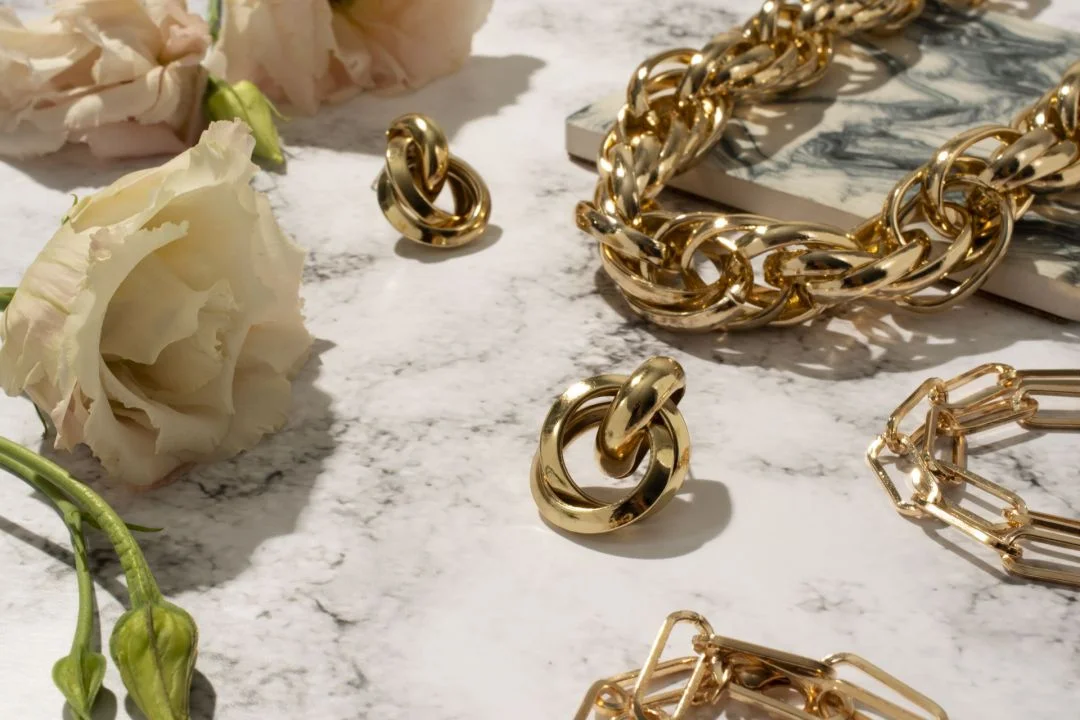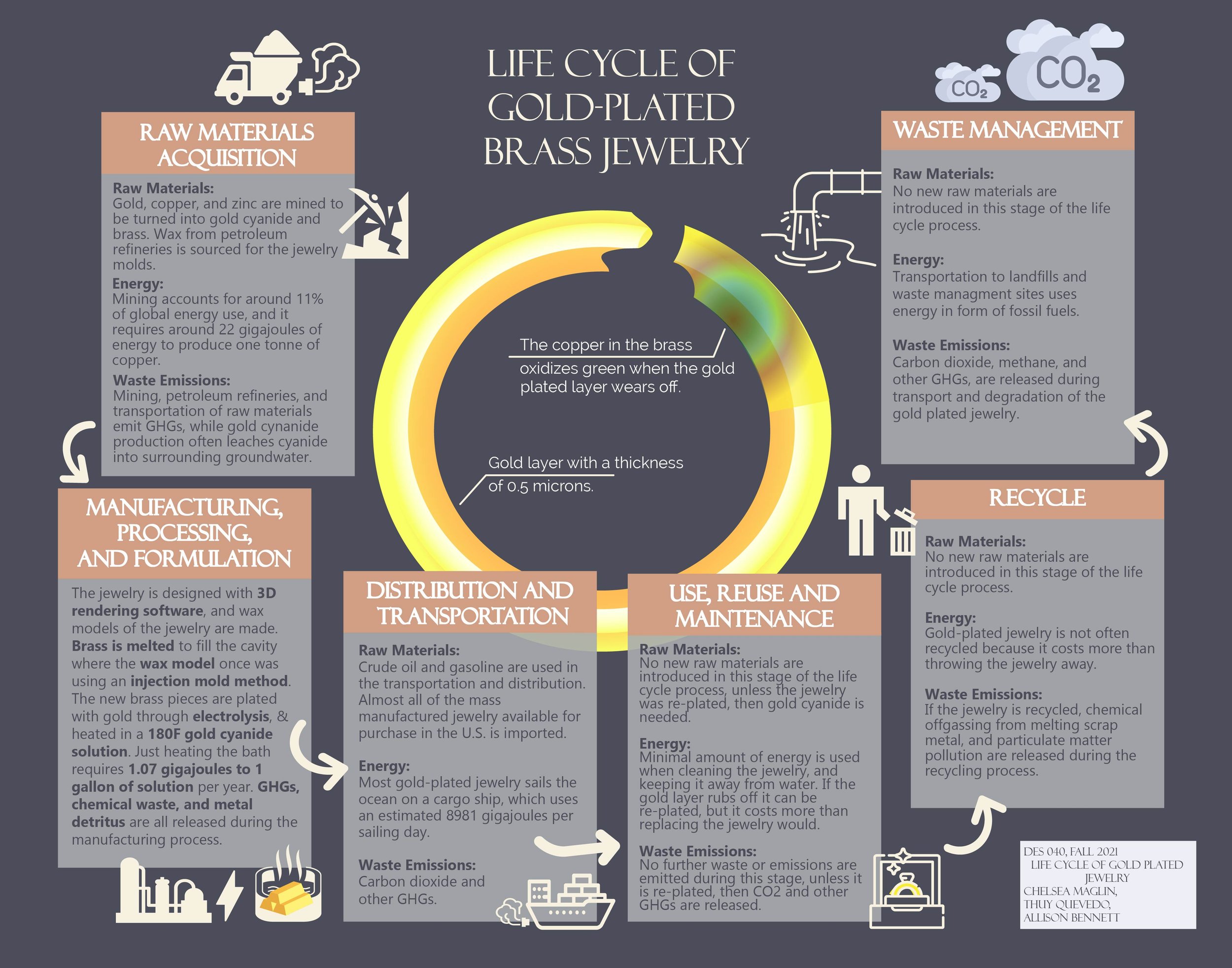Create an engaging comparison of brass vs gold to unveil the unique characteristics and applications of these two beloved metals in jewelry design. Understanding the distinctions can enhance your appreciation for craftsmanship and aid in making informed purchasing decisions.
Understanding the Composition of Brass and Gold in Jewelry
When comparing brass vs gold, the composition of these two materials plays a crucial role in their properties and uses. Brass is an alloy primarily composed of copper and zinc, while gold is a pure element that can also be alloyed with other metals to enhance its properties. This fundamental difference in composition leads to diverse characteristics that can influence your jewelry choices.
The Basic Elements of Brass and Gold
Brass is created through the combination of copper and zinc, which can vary in ratio depending on desired attributes. This alloying gives brass its unique qualities, such as strength and malleability. Additionally, brass may include trace amounts of other metals for further enhancement.
In contrast, gold is often found in various karats, indicating the purity level, with 24k gold being pure gold. When alloyed with metals like silver, copper, or palladium, gold’s properties can change, impacting its color, hardness, and other characteristics.
Implications of Composition on Jewelry Performance
The differing compositions of brass and gold directly affect their usage in jewelry. Brass is favored for its affordability and versatility, often used in costume jewelry and accessories. However, it may tarnish over time, requiring more frequent maintenance.

Conversely, gold is celebrated for its value and resistance to tarnishing. Its durability makes it a preferred choice for fine jewelry. Although gold is more expensive, the long-term investment can be justified by its lasting beauty and timeless appeal.
Appearance of Brass and Gold Jewelry
The visual characteristics of brass and gold can significantly affect a buyer’s choice when selecting jewelry. Understanding the distinctions in their appearance can help in making informed purchasing decisions.

Initial Impressions of Brass Jewelry
Brass typically exhibits a warm, yellow hue that can sometimes be mistaken for gold at first glance. However, its finish may appear less polished than gold. Over time, brass may develop a greenish patina or tarnish due to oxidation, which can alter its appearance.
Brass jewelry often comes with various finishes, including brushed, polished, or antiqued, allowing for a range of styles suitable for different tastes. Despite its potential for tarnish, many appreciate the vintage feel that aged brass can provide.
The Everlasting Beauty of Gold Jewelry
Gold jewelry stands out with its timeless elegance, often maintaining its luster over time. The rich, golden sheen and the variety found in its alloy mixtures create diverse options, from the classic yellow gold to the modern rose and white gold.
The unmatched gleam of gold makes it a favored choice for gemstone settings, enhancing the overall beauty without detracting from the stone itself. Moreover, gold retains its color and resists the wear and tear typical of lesser materials, ensuring consistent appeal throughout the years.
Cost Considerations for Brass and Gold
Cost is a significant factor when choosing between brass vs gold for jewelry purchases. The pricing dynamics of these materials can influence decision-making for both enthusiasts and collectors.
Affordability of Brass Jewelry
Brass is considerably more affordable than gold, making it a popular choice for budget-conscious consumers. Jewelry made of brass is accessible at various price points, allowing individuals to experiment with different styles without a significant financial commitment.

This low cost makes brass an attractive option for trendy and seasonal pieces. Many people opt for brass when looking for unique designs or statement items that can complement their outfits without breaking the bank.
Investment in Gold Jewelry
While gold comes at a higher price point, it is essential to view this as an investment. The market value of gold remains relatively stable, and its scarcity adds to its allure. Many consider gold jewelry an asset that can appreciate over time, making it a sound choice for long-term investment.
Additionally, when purchasing gold, it’s important to consider factors such as the gold’s karat and market fluctuations. Investing in gold jewelry not only enhances personal collections but can also serve as financial security in the future.
Maintenance Requirements for Brass and Gold Jewelry
Proper maintenance is crucial to ensure that any jewelry retains its beauty and longevity. The care required for brass compared to gold can be quite different, affecting owner experiences.
Caring for Brass Jewelry
Maintaining brass jewelry requires more effort due to its tendency to tarnish. Cleaning with mild soap and a soft cloth can help maintain its shine, and applying a brass polish is often recommended for deeper tarnishing.

Since brass can be sensitive to moisture and chemicals, it’s advisable to store it in a dry place and remove it before engaging in activities that may cause exposure to sweat or cleaning products. With proper care, brass jewelry can continue to dazzle for years.
The Easy Upkeep of Gold Jewelry
Gold jewelry is relatively low-maintenance. Regular cleaning with warm soapy water and a gentle cloth is usually sufficient to keep it looking pristine. Gold’s resistance to tarnishing means it requires less frequent intervention than brass.
For more delicate pieces, a professional cleaning service can be a good option to address scratches or dirt buildup. However, gold jewelry can generally withstand daily wear, making it ideal for those who prefer minimal upkeep.
Considering Allergen Factors in Brass and Gold Jewelry
Allergen considerations are paramount for individuals with sensitive skin. Understanding how brass and gold interact with different skin types can help consumers make informed choices.
Potential Allergens in Brass
Brass may contain nickel, which is a common allergen for many. This can result in irritation or allergic reactions for those sensitive to nickel exposure. It’s essential for buyers to inquire about the specifics of the brass alloy used in their jewelry.
Consumers concerned about allergies may choose coated brass or opt for pure metals instead. Always testing new jewelry against the skin for potential reactions is a recommended practice.

Hypoallergenic Qualities of Gold
Gold jewelry is generally considered hypoallergenic, especially 14k and 18k gold options that typically contain less nickel than low-karat pieces. This makes gold a safe choice for individuals with sensitive skin, reducing the risk of allergic reactions.
Additionally, investing in higher karat gold can minimize the presence of potential allergens, offering both beauty and peace of mind for wearers. Ultimately, gold remains a popular choice for those prioritizing comfort and safety in jewelry.
Evaluating Popular Uses for Brass and Gold Jewelry
The practicality and appeal of jewelry dictate its use in various settings. Both brass and gold have established themselves in different contexts and styles.
Common Applications for Brass Jewelry
Brass is predominantly used in fashion jewelry, costume pieces, and accessories, appealing to those who enjoy fun and trendy designs without the financial burden. It’s often seen in statement necklaces, earrings, and bracelets, allowing for creativity and personal expression.
Additionally, brass is frequently used in artisan jewelry, where crafting techniques and individuality often take precedence. This results in unique pieces that stand out because of their design rather than their price tag.
Elite Options for Gold Jewelry
Gold is synonymous with luxury and is commonly chosen for fine jewelry, including engagement rings, wedding bands, and heirloom pieces. Its status elevates gold jewelry in formal settings and special occasions, focusing on elegance and tradition.
Moreover, gold is cherished in the creation of timeless classics and statement pieces that enhance personal elegance. Its versatility allows it to be adapted to various styles, making it a staple in any jewelry collection.

Longevity and Value for Money in Brass and Gold
Considering longevity when investing in jewelry is essential for maximizing value for money. Understanding how brass and gold fare over time can influence purchasing decisions.
Short-Term Versatility of Brass
Brass may not offer the same longevity as gold, especially if exposed to moisture or chemicals. Jewelry made from brass often suits specific trends or occasions, making them more suitable for short-term wear.
That said, the affordability of brass allows for frequent updates to one’s collection, providing a fun way to explore new styles. However, the trade-off comes with a likely need for replacement or extensive maintenance over time.

Long-Term Investment in Gold
Gold, on the other hand, stands out for its enduring value and long lifespan. Properly cared-for gold jewelry can last generations, often becoming cherished family heirlooms. It offers both an aesthetic and monetary return, making it a wise investment.
Additionally, the resale value of gold tends to be stable, further affirming its reputation as a reliable long-term choice. For many, investing in gold jewelry is not just about personal adornment but also about ensuring financial wisdom in accessory selections.
Introduce the comparison of brass vs gold by highlighting their unique characteristics and value. By understanding these differences, readers can make informed choices that align with their personal style and investment goals in fine jewelry.
